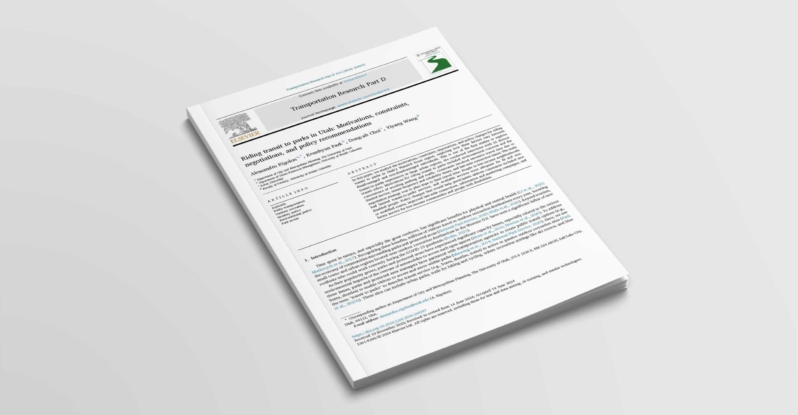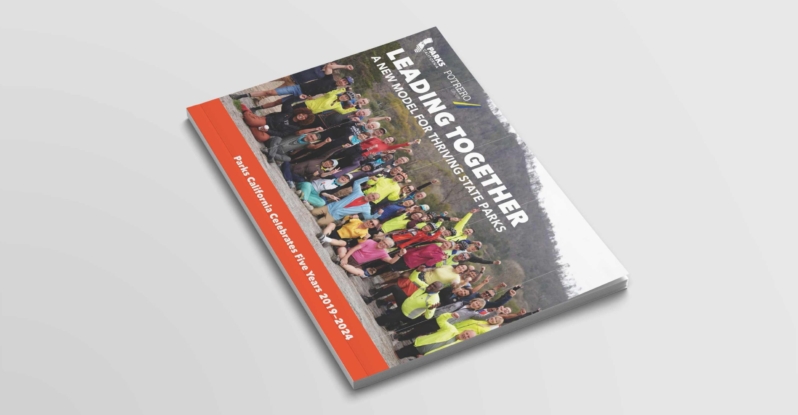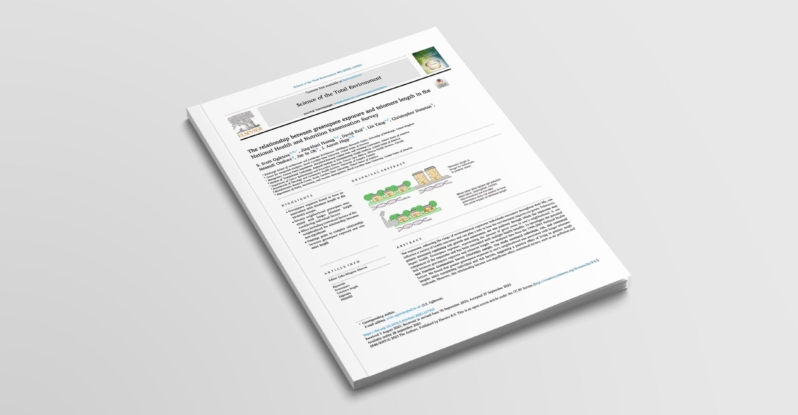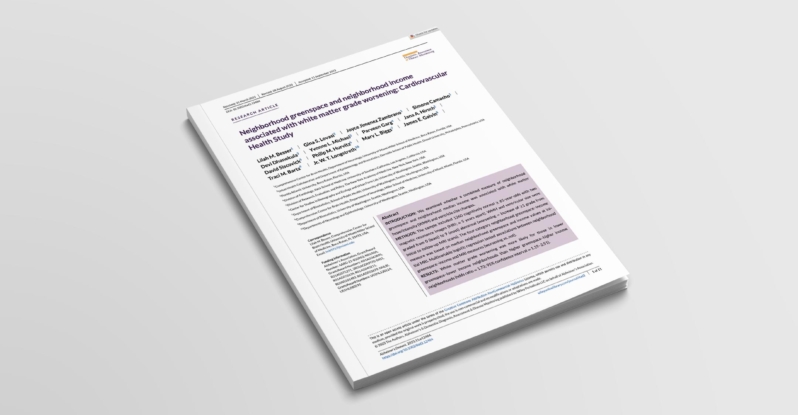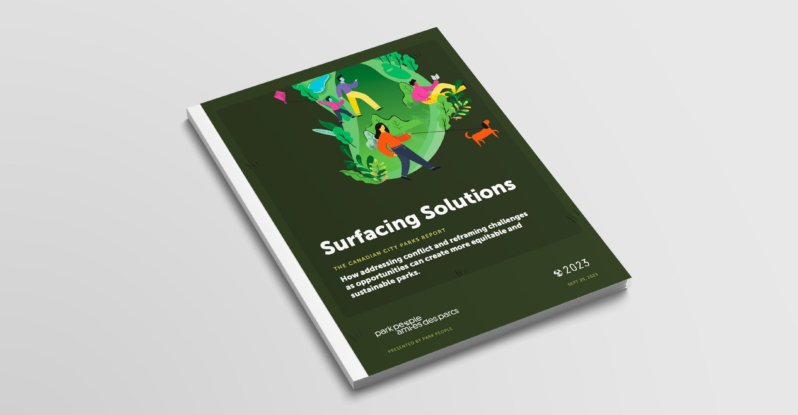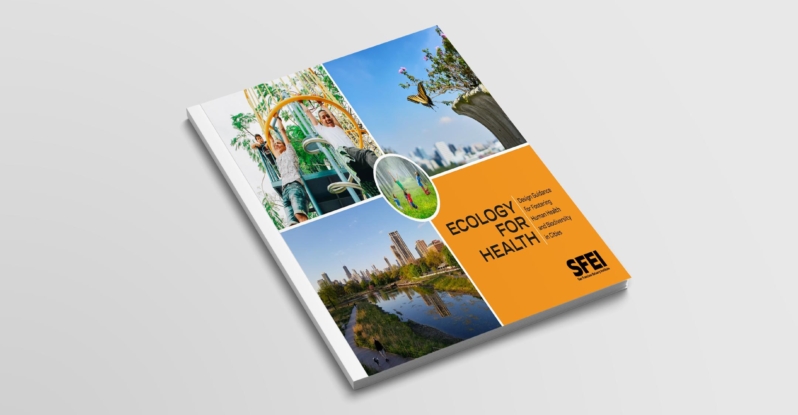Documenting the Potential of City Parks
City Parks Alliance and research partners are exploring the role of parks in addressing critical emerging issues facing cities. Together with economists, engineers, policy experts, advocates and practitioners, we are delivering practical, replicable solutions for cities, agencies, and residents. City Parks Alliance members and others can draw upon these reports, videos, and infographics to demonstrate the power of city parks in a broad new context of economic, environmental, and social opportunity.

